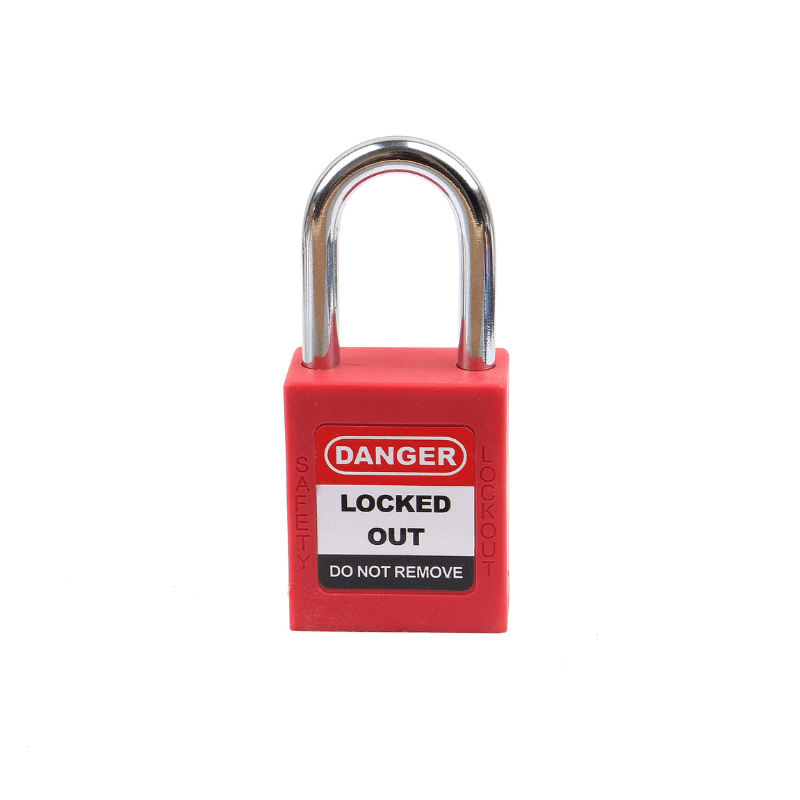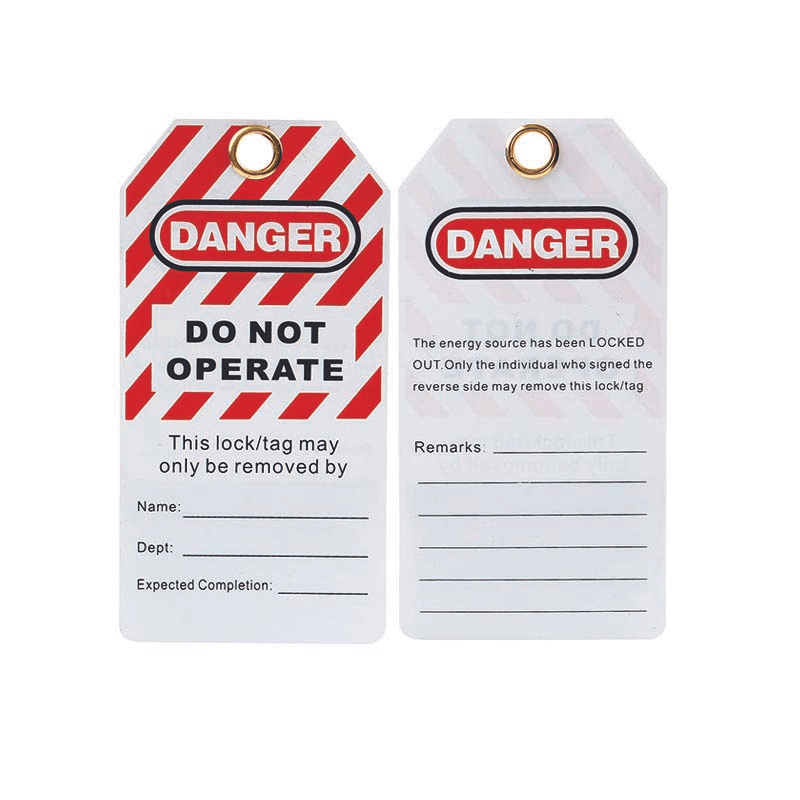Table of Contents
- Introduction
- The High Cost of Non-Compliance: Why OSHA Matters
- The Limitations of Traditional Paper-Based Permit Systems
- The Digital Revolution: How Modern Safety Software Transforms Compliance
- A Deeper Dive: LOTO and OSHA 1910.147
- Choosing the Right System: A Look at Modern Features
- Conclusion: A Safer, Smarter, and More Compliant Future
Introduction
In the complex world of workplace safety, few acronyms carry as much weight as OSHA. The Occupational Safety and Health Administration (OSHA) sets and enforces the standards that ensure safe working conditions for employees across the United States. For any business, compliance with these regulations is not just a legal obligation; it’s a moral imperative and a cornerstone of a successful, sustainable operation. However, navigating the intricate web of OSHA standards can be a daunting task, fraught with paperwork, potential for human error, and the constant pressure of staying current with regulatory changes.
The consequences of non-compliance are severe, ranging from hefty fines and legal battles to reputational damage and, most tragically, workplace accidents. In high-risk industries where activities like hot work, confined space entry, and managing hazardous energy are daily occurrences, the need for robust safety management systems is paramount. For decades, companies have relied on paper-based permit-to-work systems, but these manual processes are often inefficient and prone to errors.
Fortunately, in an era of digital transformation, a powerful solution has emerged: Digital Permit to Work software. This innovative technology is revolutionizing how companies manage workplace safety, offering a streamlined, efficient, and far more effective way to achieve and maintain OSHA compliance. This post will explore the challenges of compliance and demonstrate how adopting a digital system can help your organization avoid costly fines and create a safer work environment for everyone.
The High Cost of Non-Compliance: Why OSHA Matters
The financial implications of an OSHA violation can be staggering. Fines can range from thousands of dollars for minor infractions to hundreds of thousands for willful or repeated violations. But the direct financial penalties are just the tip of the iceberg. The indirect costs of non-compliance often far exceed the initial fines and can include:
- Increased Insurance Premiums: A poor safety record will inevitably lead to higher workers' compensation and liability insurance rates.
- Legal Fees: Defending against OSHA citations and potential lawsuits from injured employees can be a long and expensive process.
- Lost Productivity: Accidents and injuries result in downtime, lost workdays, and the need to train replacement workers.
- Reputational Damage: A reputation for being an unsafe workplace can make it difficult to attract and retain talent, and can deter potential customers and partners.
- Employee Morale: An unsafe work environment can lead to a culture of fear and anxiety, reducing morale and productivity.
Beyond the financial and reputational risks, the human cost of non-compliance is immeasurable. Every workplace accident is a tragedy that could have been prevented with the right safety procedures and systems in place.
The Limitations of Traditional Paper-Based Permit Systems
The permit-to-work system is a cornerstone of safety management, but when managed with paper, it presents several challenges:
- Inefficiency and Delays: The manual process of filling out, signing, and tracking paper permits is time-consuming and can lead to delays in starting critical work.
- Human Error: Illegible handwriting, lost paperwork, and missed signatures are common problems that can compromise the integrity of the safety process.
- Lack of Visibility: It’s difficult to get a real-time overview of all active permits across a facility, making it challenging to identify potential conflicts and manage simultaneous operations (SIMOPS).
- Difficult to Audit: Sifting through stacks of paper to find specific permits for an audit or investigation is a tedious and often fruitless task.
- Inconsistent Application: Without a centralized system, it’s difficult to ensure that permit-to-work procedures are being applied consistently across all departments and sites.
These limitations not only reduce the effectiveness of the permit-to-work system but also increase the risk of non-compliance and accidents.
The Digital Revolution: How Modern Safety Software Transforms Compliance
Digital Permit to Work software, also known as electronic permit to work (ePTW) software, addresses the shortcomings of paper-based systems by digitizing and automating the entire permit-to-work lifecycle. This technology provides a centralized platform for creating, issuing, approving, monitoring, and archiving work permits, offering a wide range of benefits for OSHA compliance and overall workplace safety.
Here’s how a digital approach can help your company achieve its safety goals:
- Centralized Documentation and Record-Keeping: OSHA places a strong emphasis on documentation. With a digital system, all permit-related information is stored in a secure, centralized database. This creates a complete and easily accessible audit trail of all work permits. In the event of an OSHA inspection, you can quickly and easily provide the necessary documentation to demonstrate compliance.
- Standardized Workflows and Procedures: Consistency is key to safety. Digital Permit to Work software allows you to create standardized permit templates and workflows for different types of hazardous work. This ensures that all necessary safety checks, risk assessments, and approvals are completed in the correct sequence every time, which helps to eliminate guesswork and enforce company safety procedures.
- Improved Communication and Collaboration: A digital platform facilitates seamless communication between managers, supervisors, operators, and contractors. Real-time notifications and alerts keep everyone informed about the status of permits and potential hazards, preventing misunderstandings and ensuring that everyone is on the same page.
- Real-Time Monitoring and Auditing: With a digital dashboard, safety managers can get a real-time overview of all active and pending permits across a facility. This allows them to monitor work in progress, identify potential conflicts, and ensure that safety protocols are being followed.
A Deeper Dive: LOTO and OSHA 1910.147 - The Control of Hazardous Energy
One of the most critical and frequently cited OSHA standards is 1910.147, The Control of Hazardous Energy, commonly known as the Lockout/Tagout (LOTO) standard. This standard addresses the practices necessary to disable machinery, thereby preventing the release of hazardous energy while employees are performing maintenance.
The LOTO standard is designed to prevent tragic accidents by requiring employers to establish a comprehensive energy control program. This must include documented procedures, employee training, and periodic inspections. Managing these requirements with a paper-based system can be cumbersome and prone to error.
Digital Permit to Work software is an invaluable tool for managing LOTO procedures and ensuring compliance. By integrating LOTO directly into the digital work permit, companies can ensure that all necessary lockout and tagout steps are completed and verified before any maintenance begins. The software can guide workers through the procedure step-by-step and provide a clear, auditable record of every action taken.
Choosing the Right System: A Look at Modern Features
When considering a move to a digital system, looking for a solution that is both powerful and user-friendly is beneficial. The most effective platforms are often those designed specifically for safety management, as they incorporate deep industry knowledge into their features.
For example, a modern platform like Zentri illustrates what to look for in a comprehensive solution. Their cloud-based software is built to address these challenges directly by offering:
- An Intuitive Mobile Functionality: Safety happens in the field, not behind a desk. A quality system must include a mobile functionality that allows workers to manage permits, conduct risk assessments, approve permits and LOTO plans in the field. This ensures real-time accuracy and accountability.
- Configurable Workflows: No two facilities are exactly alike. Look for software that allows you to configure workflows and permit templates to match your specific operational needs and safety procedures, rather than forcing you into a rigid, one-size-fits-all model.
- Integrated LOTO and Isolation Management: The best systems don’t treat LOTO as a separate process. A platform that integrates isolation management directly into the permit workflow creates a closed-loop safety system. This ensures that a permit cannot be issued until all energy sources are properly isolated and verified, drastically reducing the risk of human error.
- Real-Time Dashboards: Gaining a high-level view of all simultaneous operations is crucial for preventing conflicts. Look for systems that offer a real-time dashboard, to visualize where work is happening and manage potential risks proactively.
By focusing on these key features, you can select a digital system that not only meets compliance requirements but also genuinely enhances the safety culture of your organization.
Conclusion: A Safer, Smarter, and More Compliant Future
In a competitive and highly regulated business environment, there is no room for compromise when it comes to workplace safety. The transition from a paper-based to a digital permit-to-work system is a critical step in creating a safer, more efficient, and more compliant organization.
Digital Permit to Work software empowers you to take control of your safety management processes, reduce risk, and protect your most valuable asset—your employees. By automating workflows, centralizing documentation, and improving communication, this technology makes OSHA compliance easier to achieve and maintain. It transforms safety from a reactive, compliance-driven exercise into a proactive, data-driven strategy for continuous improvement.
If your company is still relying on paper-based systems, exploring modern digital solutions is a logical next step. Examining dedicated platforms from providers can offer valuable insight into what is possible and can be a transformative step towards achieving a safer, more compliant workplace.
Ready to learn more about how Zentri can help you to integrate your LOTO and PTW systems and create a safer workplace? Visit our website at www.zentri.cc to schedule a demo today.



